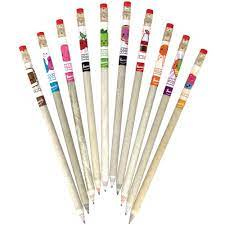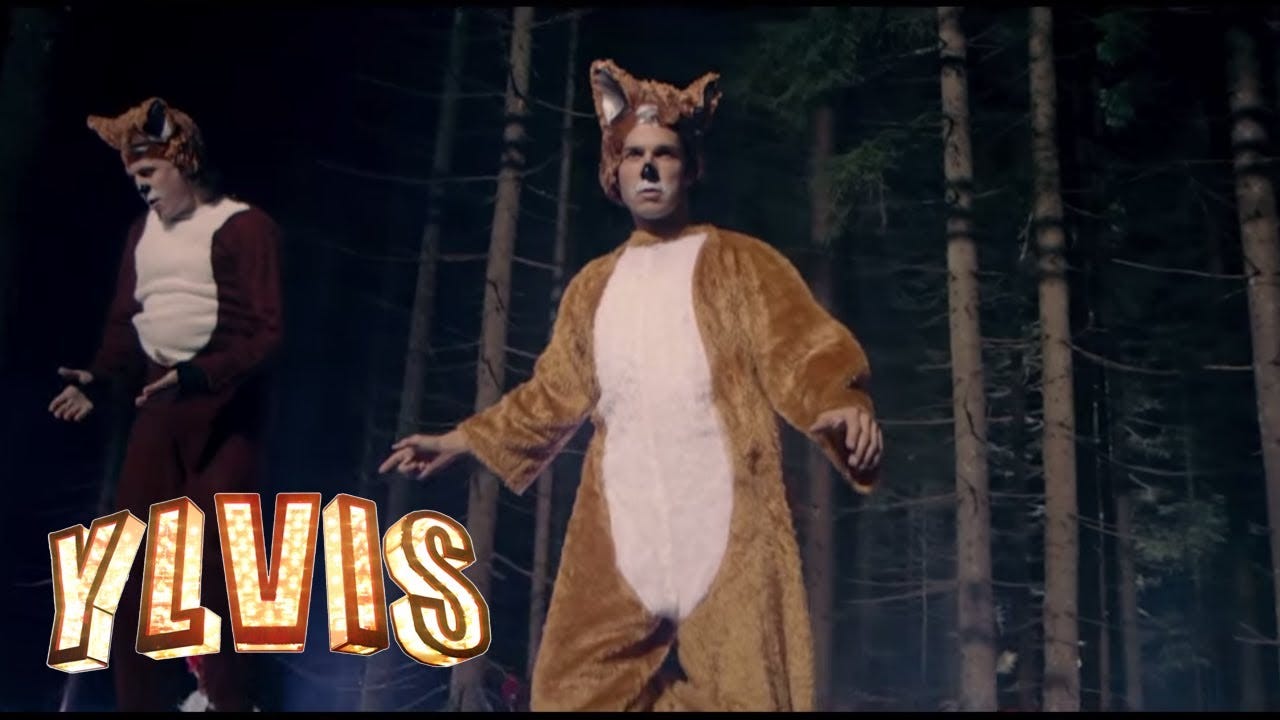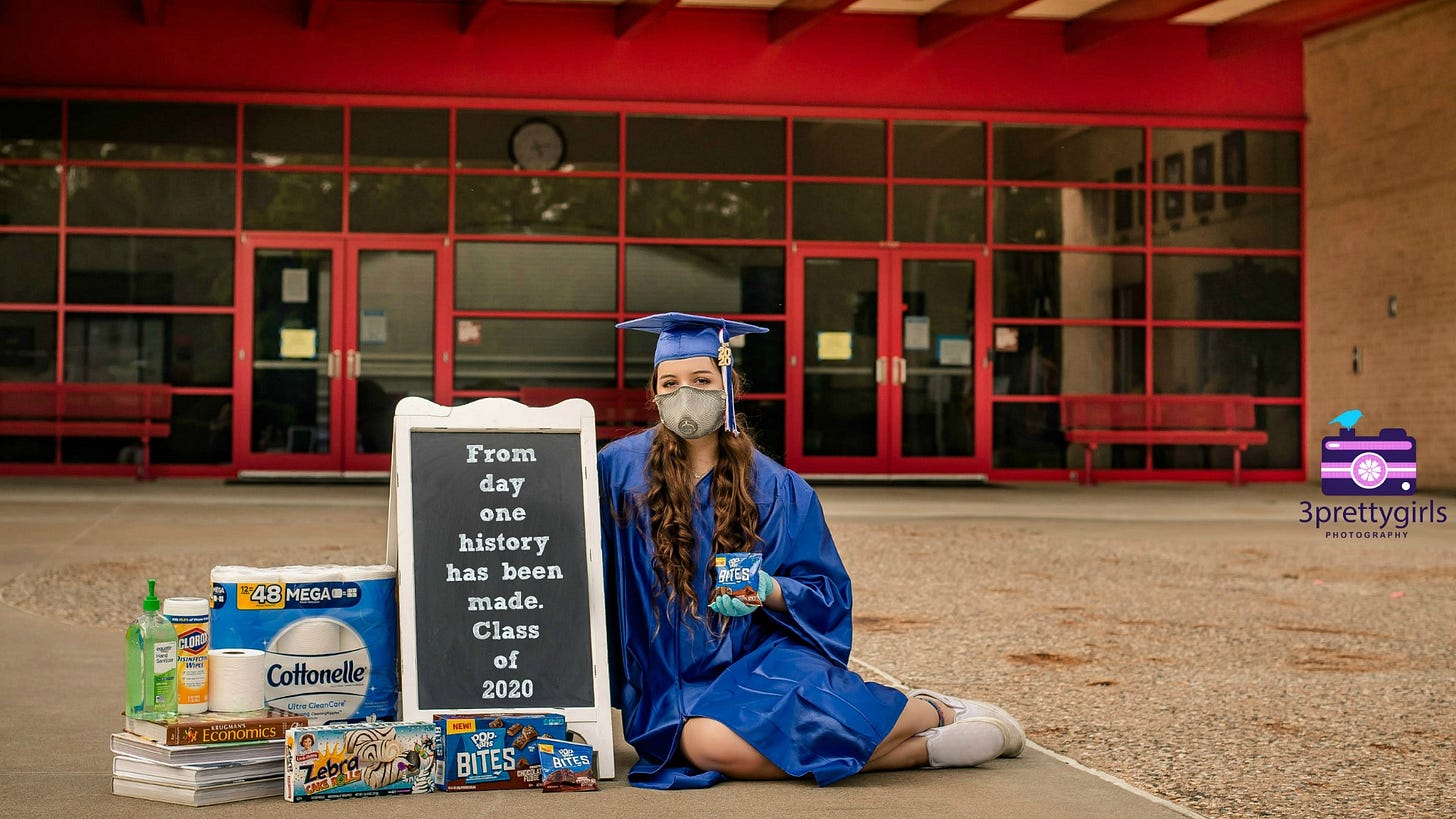WP3
Part 1: Back to the Future: Navigating Nostalgia with Gen Z
What is Nostalgia and Why It's SO Freaking Important
Nostalgia - it’s that warm, fuzzy feeling we get when we reminisce about the good old days. But what is nostalgia exactly, and why does it hit us right in our feelings? When we think about nostalgia, we immediately think that nostalgia is simply looking back at the past. However, it turns out it's much more than that. Nostalgia isn’t just recalling specific memories; it's an emotional state called a screen memory. A screen memory is not a true recreation of our past, but rather a combination of many different memories, all squished together while the negative aspects get filtered out. Nostalgia is such a strong phenomenon that, in the early days, it was considered a psychological disorder! Being that it's such a strong force of nature for humans, one must assume it's important to our function as human beings in society. While we can all agree that it's not in the best interest of anyone to dwell in the past, nostalgia helps us deal with tough life transitions and events. Think of it as your old blanky or stuffed animal or whatever you used to be comforted by as a kid. It helps us cope with change by improving our vision for the future. So if you find yourself sniffing out your old, dirty stuffed animal or blanket from the back of your closet, know that it's completely normal and healthy, just be sure to do it in secret.
Nostalgia Flashback: Remember These?
So where am I going with this, you may ask? Well, I want to first clarify that everyone’s nostalgic memories are different and unique. However, there is nostalgia that is geared toward a certain group. Whether that's people from the same age group, culture, or friends, there are aspects of our society where millions of people can look back and feel nostalgia. Isn’t that crazy? I was scrolling through TikTok the other day and came across one of those slideshow videos: “POV: You went to elementary school in the 2000s”. The video then proceeded to show stills of scented pencils, those old anti-cheating folders that always fell apart, and finally a behavior chart with clothespins. I don't know if it was the fact that it was 4 a.m. and I was delusional, but I think I watched this TikTok like 20 times before I dared to scroll past it. I kept recalling my memories with these items shown in the video and saying to myself, “Oh yeah, I remember these,” which then escalated to a 20-minute daydream reminiscing about my elementary school days. Then the final thought hit me: although we live different lives, we are connected by a common memory.
To get inspiration for this blog, I searched “Top Hits of 2013” on Spotify as I was writing this. Some of the notable songs that were played were “Happy by Pharrell Williams,” “Counting Stars by OneRepublic,” and an honorable mention, “Summertime Sadness by Lana Del Rey.” I think that music evokes the greatest nostalgic response. Listening to music doesn’t affect a single receiver in our brains but affects our auditory cortex, left frontal cortex, left parietal cortex, and right cerebellum. Furthermore, listening to nostalgic music allows us to conjure up other sensory memories that have attachments to the music. In 2013, I was beginning 6th grade and getting ready for the first major life change when I was finally graduating from elementary school. I think that sixth grade was the most memorable year for me, but it could be the screen memory mechanism at play. I remember listening to these songs previously mentioned on the radio daily while going on errands with my mom on the weekends. Another way that my friends and I utilized these songs was when we made mini Instagram recap videos back when Instagram videos just came out.
Speaking of Instagram, it was a trend to post a picture with a caption saying, “Like for a rating and comment for a TBH.” This means that if you like my post, I will give you a rating out of 10 of how much I like you as a person, or if you decide to comment, you will get a personal evaluation of how I view you in a few sentences. This was a pretty common activity my friends and I would do in our free time. Beyond our social media activities, kids who graduated elementary school in 2013 probably remember that Hunger Games: Catching Fire just came out, and "What Does the Fox Say" became a new slang term. On one occasion, while my friends and I were supposed to be “working” on our project, we got distracted trying to make a Harlem Shake video for Instagram. As 2013 came to a close and it became 2014, my memories of an elementary kid slowly came to a close.
The Covid Era and Our Class of 2020 Bond
Fast-forward a couple of years, our 2013 graduating class slowly but surely became the high school graduating class of 2020. Our class pretty much followed the same route within the same district and same school, so the kids I met in kindergarten were the same kids I graduated high school with. Unbeknownst to us, however, the COVID pandemic hit right when we were about to enjoy the exciting part of senior year like prom, Disneyland trip, and, most importantly, our graduation. I remember our school announced a temporary shutdown for a week, and after receiving the email, my friends and I were ecstatic, so we went to get tater tots after school. Little did we know that that day would have been the last day I stepped foot at the school. Fast-forward another couple of years, we are now seniors in college. Our graduating class essentially missed out on one of the most important aspects of life and on potential nostalgic memories, we could have looked back on 20 years from now. Instead, our generation spent less time in person and showed increased rates of depression and anxiety in an already depression-driven generation. Our memories include Netflix parties, Tiger King, and 3 a.m. Facetime calls with friends. We essentially have created a nostalgic memory that never happened.
My Relationship with Nostalgia
On a more personal note, my journey with nostalgia has drastically changed throughout the last semester of my junior year of college into now senior year. I found myself looking back at photos more frequently and actively listening to music I liked when I was a kid. For me, music was the greatest time machine that transported me back. I also listen to past music not only to invoke nostalgia but to organize what my life was like. For example, I recently listened to a song called “Woof by Panthurr,” a lofi-beat song I used to listen to while I was studying for my biology test in my sophomore year of high school. I realized that trying to relive these memories was beyond a simple nostalgia trip, but rather for me, it was a way to remember these memories in case I forget. It's like taking a mental photograph.
In a few months, I will forever leave the education space and will be a full-blown working adult in society. Just typing these words sent chills down my spine. I’m not sure if this is just an isolated experience, but I feel that the effect of the Covid-19 pandemic has warped my view of time. I still feel like an 18-year-old waiting to graduate, not a 21-year-old waiting to get my first paycheck. One thing that I found interesting was that usually when you want to take a trip down memory lane, you look at pictures or videos from a couple of years back. However, I found myself going through my iCloud pictures from less than a year ago and trying my best to have a vivid memory of them. However, I think that is my best effort to be present and hold onto the memories as long as I can.
Work Cited
“A Blast from the Past: Why We’re Hooked on Nostalgia.” SCL Health, www.sclhealth.org/blog/2019/05/why-we-are-hooked-on-nostalgia/#:~:text=Although%20any%20of%20our%20senses,the%20two%20most%20powerful%20triggers. Accessed 28 Sep. 2023.
Harari, Tali Te’eni, et al. “Gen Z during the COVID-19 Crisis: A Comparative Analysis of the Differences between Gen Z and Gen X in Resilience, Values and Attitudes.” Current Psychology (New Brunswick, N.J.), U.S. National Library of Medicine, 3 Aug. 2022, www.ncbi.nlm.nih.gov/pmc/articles/PMC9362676/.
“Home Page 2017.” The Sound of Life, soundoflife.org/. Accessed 2 Nov. 2023.
“The Science Behind Music’s Nostalgic Power.” VICE, 3 Apr. 2018, www.vice.com/en/article/43bxpn/the-science-behind-musics-nostalgic-power.
“Top Hits of 2013.” Spotify, open.spotify.com/playlist/37i9dQZF1DX3Sp0P28SIer. Accessed 2 Nov. 2023.
“Speaking of Psychology.” American Psychological Association, American Psychological Association, www.apa.org/news/podcasts/speaking-of-psychology. Accessed 2 Nov. 2023.
Part 2: Unpacking My Writing Choices: The Genre and Its Impact
Why did I choose to Write a Blog?
So, why did I opt for a blog post to talk about nostalgia? The answer is simple - it's the medium that speaks from personal experience. Blog posts are like digital diaries, where we feel safe and comfortable like we are talking to a friend. I also felt that nostalgia is a more subjective matter that can only be best described through personal experience, even if the other person may or may not relate. Hopefully, the other person reading it will learn something about how different nostalgia can be for other people.
Stylistic and Formatting Conventions of Blog Posts and How I Abided by Them
I have never written a blog post in my life, so I didn’t know what to expect or how to start. However, it was a pretty painless process as long as I tried not to be too boring and threw in some colorful pictures to distract the reader from my writing, oh and some hyperlinks sprinkled in there. I wanted the blog to genuinely feel like I was talking to you through a conversation, and I wasn’t trying to educate you on a topic. I began by imagining myself creating a podcast. So, I turned on my Google Docs mic and began talking as Docs wrote whatever I said onto the document. The first few attempts were horrible because I felt stuck and had trouble transitioning into topics. After a few trials and errors and a chart organizing the topics I wanted to talk about, this is the result.
Audiences and the Versatility of Blog Posts
Blog posts can address a wide range of audiences, from casual readers to experts in a field. It can also be very educational and straightforward but also be very personable and charismatic. Blogs are very versatile in terms of the tone and style they can take on; it just depends on what topic you decide to write about and to whom you are writing. In terms of the genre I decided to talk about, I feel that nostalgia can also be very flexible, whether you want to educate people on the science behind it or you just want to share your personal experiences. In my case, I felt more inclined to pick the latter.
The Audience I Aimed to Address
In writing my blog post about nostalgia, my target audience was solely kids born in the 2000s, but to be even more specific, kids who graduated high school in 2020, so basically kids born during 2002-2003. I wanted to create content that resonates with our generation, reminding us of our shared experiences as we prepare to graduate college. Furthermore, I want this blog to sound not like an editorial or research paper, but as a fellow 2002 kid to another 2002 kid. I made sure that my writing wasn’t condescending or that I was above them. I wanted to create a space where we are equal and that because I am the writer, I know more things than you and that I know things you don’t. I initially wanted to write this blog post to bring back good memories for our graduating class and to have a reflective moment as we leave our childhood; however, throughout writing this, I realized that this blog was easily helping me as well. As someone who feels like time was robbed from me due to the pandemic, this blog in a weird way is me trying to get validation from my fellow readers who also went through the same thing. But, beyond receiving validation from readers, I hope that this blog will somehow give you a sense of closure or something close to it.





